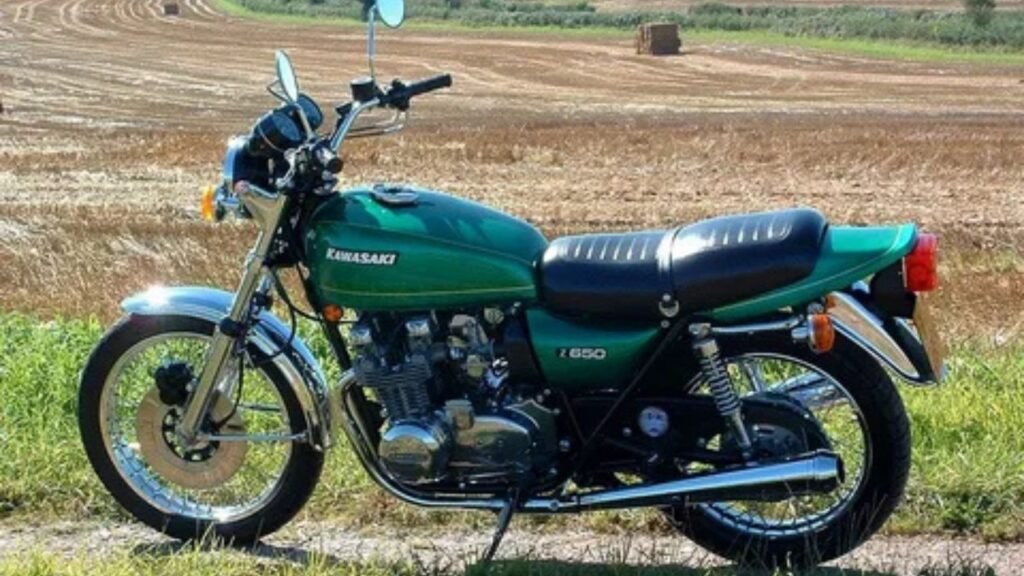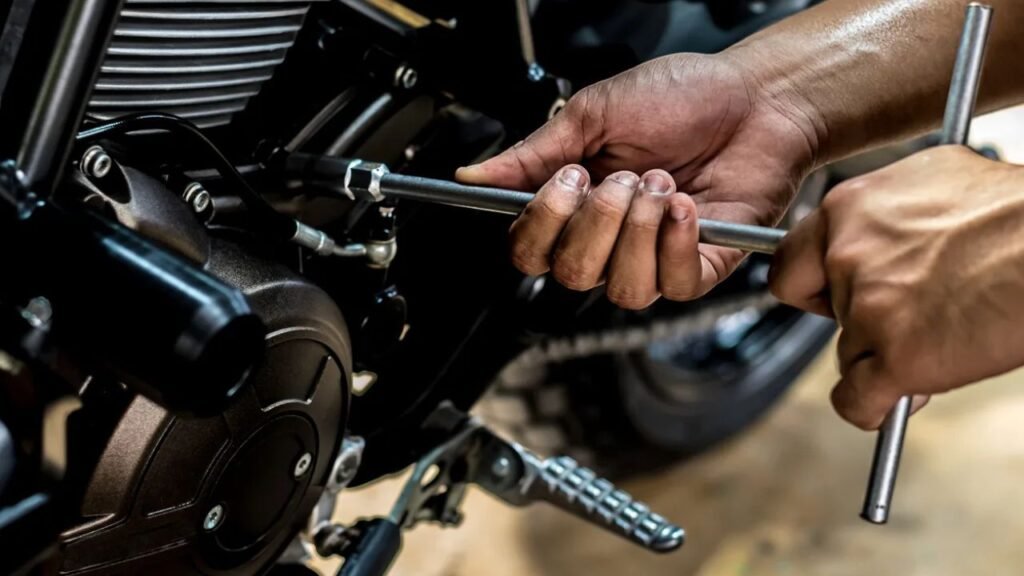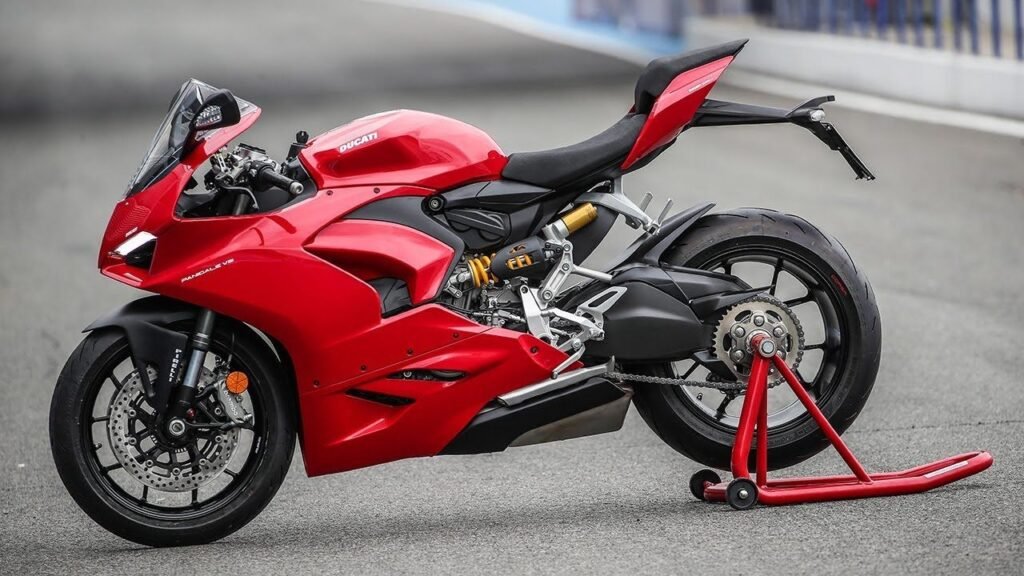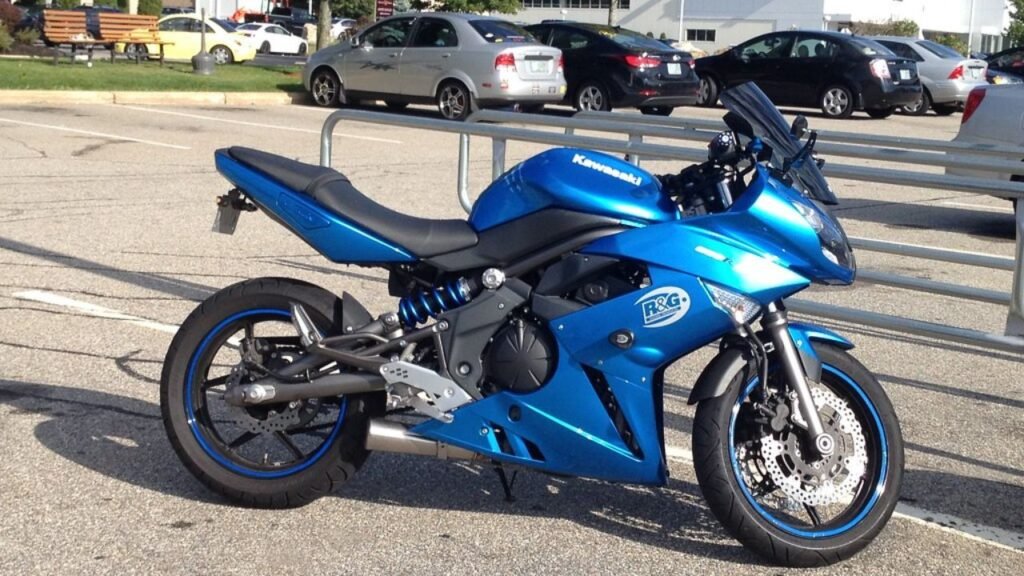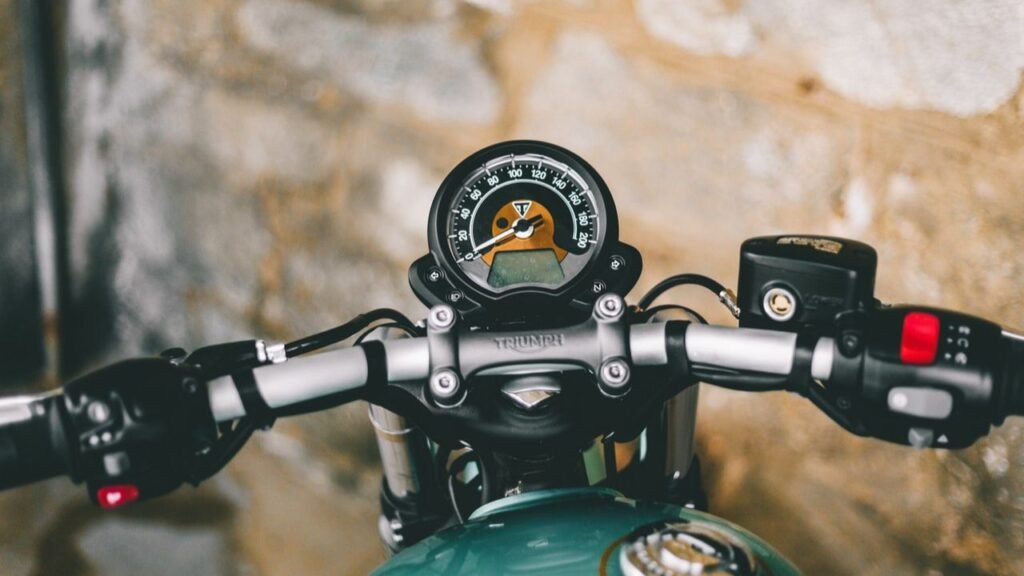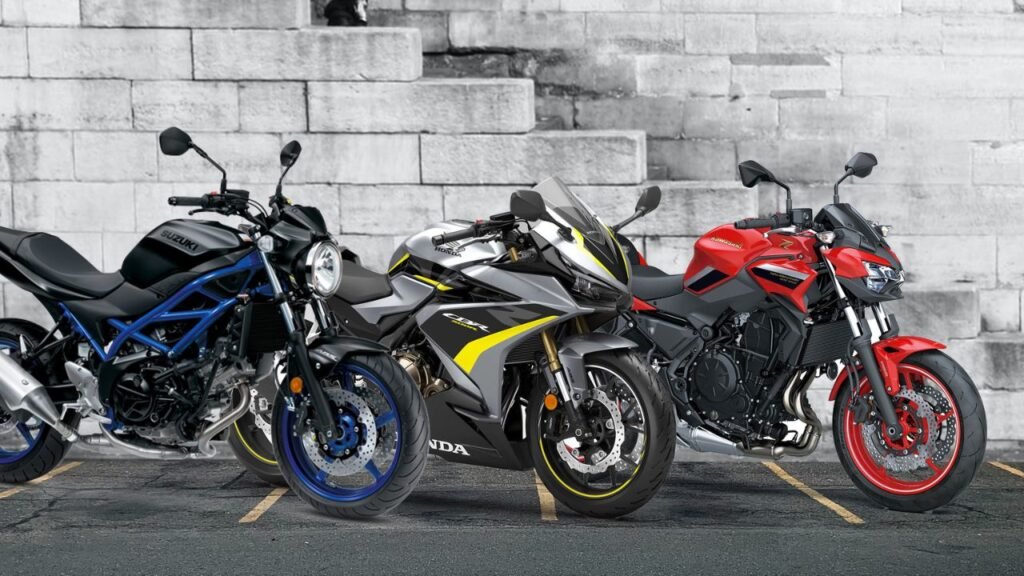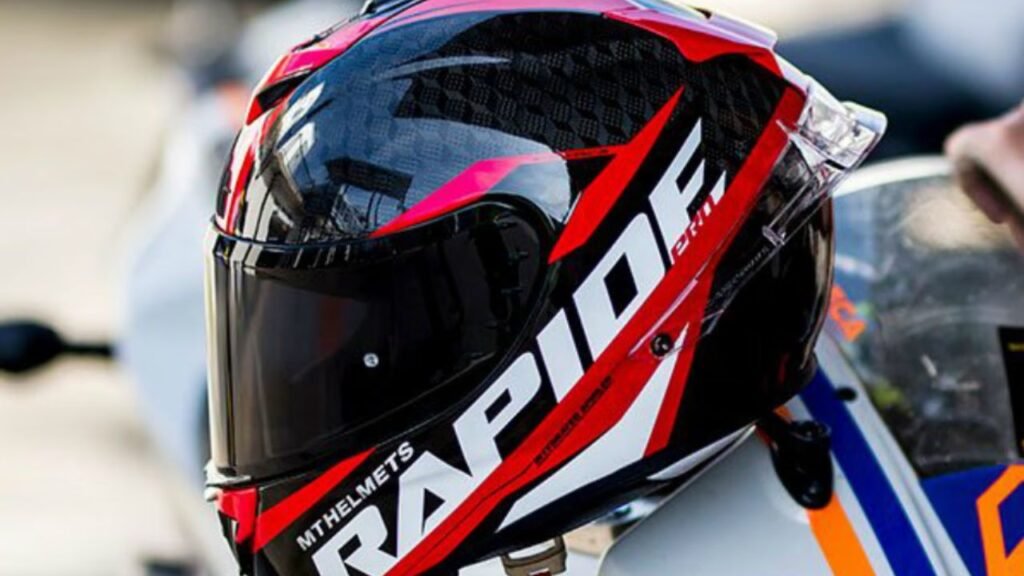Blog
How to Charge a Motorcycle Battery with a Battery Charger
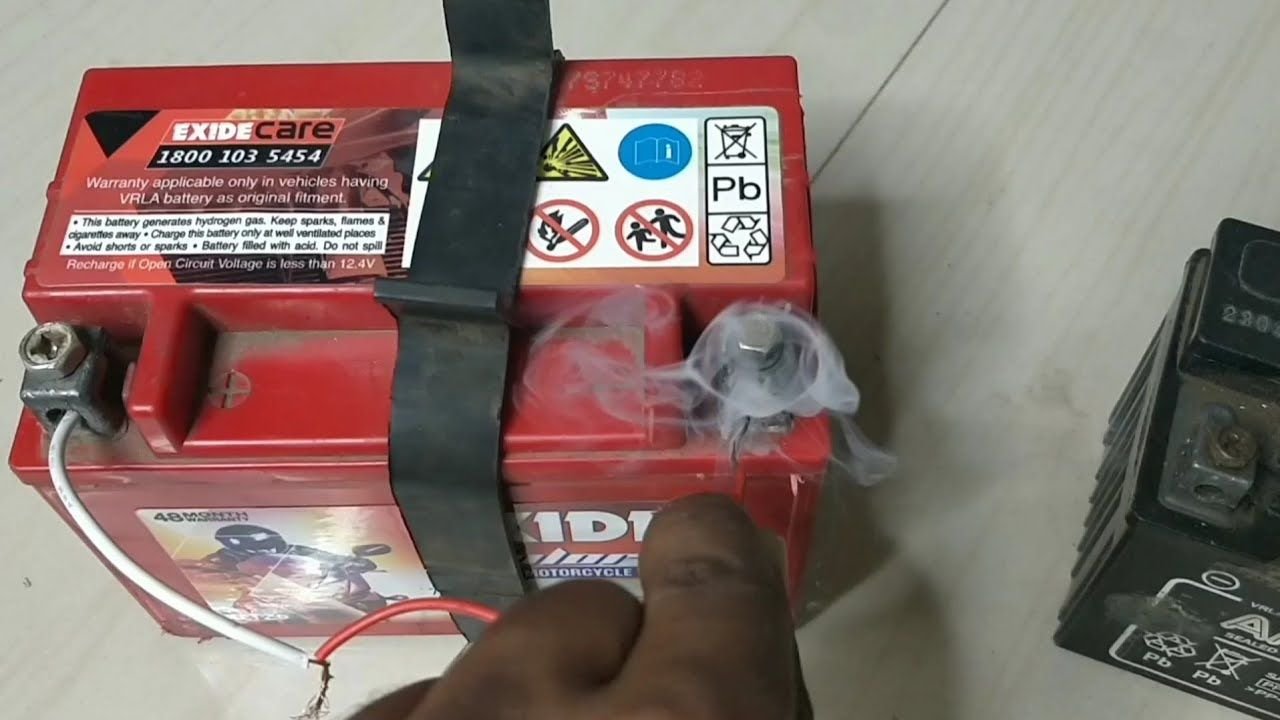
Charging a motorcycle battery with a battery charger. Maintaining a charged motorcycle battery is essential for ensuring reliable starts and smooth performance. A well-charged battery prevents unexpected breakdowns, extends battery life, and keeps your motorcycle ready to ride whenever you need it. Neglecting battery care can lead to weak starts or even battery failure, especially during periods of inactivity or cold weather. There are several effective methods for charging a motorcycle battery, including using a battery charger, maintaining a trickle charger, or charging via the motorcycle’s alternator. Each method has its pros and cons, but using a dedicated battery charger is one of the safest and most efficient ways to restore and maintain optimal battery power. The purpose of this blog post is to provide a comprehensive guide on how to charge a motorcycle battery using a battery charger. We will cover the necessary equipment, step-by-step instructions, safety tips, and troubleshooting advice to help riders keep their batteries healthy and motorcycles running smoothly.
Understanding Motorcycle Batteries
A. Types of motorcycle batteries (Lead-acid, Lithium-ion, etc.)
Motorcycle batteries come in several types, with the two most common being lead-acid and lithium-ion batteries. Lead-acid batteries are traditional, reliable, and often more affordable. They contain sulfuric acid and lead plates and require regular maintenance, such as checking electrolyte levels and cleaning terminals. Variations include flooded, AGM (Absorbent Glass Mat), and gel batteries. AGM batteries are sealed and maintenance-free, offering better vibration resistance and longer life compared to flooded types.
Lithium-ion batteries, on the other hand, are lighter and more compact, making them popular in high-performance motorcycles. They provide faster charging, higher energy density, and longer lifespan, but tend to be more expensive upfront. Lithium-ion batteries also require specialized chargers and careful handling to avoid damage or safety hazards.
B. Common reasons for battery discharge
Motorcycle batteries can discharge for various reasons. One common cause is leaving electrical components like headlights, indicators, or ignition keys on while the engine is off. Another factor is infrequent riding or long periods of inactivity, especially during the winter months, which prevents the battery from naturally recharging via the motorcycle’s alternator. Cold weather can also reduce battery efficiency, making it harder to hold a charge. Additionally, aging batteries naturally lose capacity over time and may struggle to maintain voltage. Faulty charging systems or electrical issues within the bike can further contribute to battery drain.
C. Signs that your motorcycle battery needs charging.
Recognizing when your battery needs charging is vital to avoid being stranded. Common signs include slow engine cranking or difficulty starting the motorcycle. You might notice dimmer headlights or dashboard lights, especially at idle or when starting. Electrical components such as indicators or a horn may also operate weakly or intermittently. If the motorcycle requires multiple attempts to start or fails to start altogether, it’s a clear indication that the battery is low. Another sign could be a battery voltage reading below 12.4 volts when tested with a multimeter. Paying attention to these symptoms and charging the battery promptly helps maintain performance and extend battery life.
Understanding these battery basics enables riders to choose the right battery type and recognize early signs of discharge, paving the way for proper charging and maintenance.
How to Charge a Motorcycle Battery with a Battery Charger
A. Selecting the right battery charger
1. Features to look for (voltage, amperage, smart chargers)
Choosing the right battery charger is crucial for safely and efficiently charging your motorcycle battery. Most motorcycle batteries operate at 12 volts, so select a charger compatible with this voltage. The charger’s amperage affects charging speed; a lower amp charger (1–3 amps) charges slowly but safely, ideal for regular maintenance, while higher amperage chargers (up to 10 amps) can charge faster but risk damaging the battery if not monitored carefully.
Smart chargers are highly recommended as they automatically detect the battery’s condition, adjust the charging rate accordingly, and switch to maintenance mode once fully charged. These chargers help prevent overcharging, extend battery life, and often come with additional features like desulfation to recover older batteries.
2. Safety certifications
Look for chargers with recognized safety certifications such as UL (Underwriters Laboratories), CE (Conformité Européenne), or FCC. These certifications ensure the charger meets safety standards, reducing risks of electrical faults, short circuits, or overheating. A charger with built-in safety features like reverse polarity protection and spark-free connections is also important for safe operation.
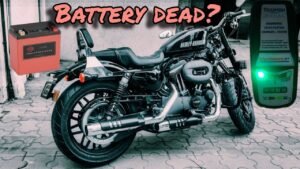
B. Step-by-step guide to charging
1. Preparing the motorcycle and charger
Before starting, turn off the motorcycle and remove the key to prevent electrical shorts. If your battery is removable, consider taking it out for easier access and better safety. Place the charger near the battery but away from water or flammable materials. Read the charger’s manual to understand specific instructions.
2. Connecting the charger to the battery
Attach the charger’s positive (red) clamp to the battery’s positive terminal, usually marked with a “+” or red cover. Connect the negative (black) clamp to the negative terminal or a grounded metal part on the motorcycle frame if instructed. Ensure clamps are secure and avoid touching them together to prevent sparks.
3. Setting the charger to the appropriate mode
Turn on the charger and select the correct mode for your battery type (e.g., standard lead-acid, AGM, or lithium-ion). Adjust the amperage setting if your charger allows. Using a smart charger means the device will often automatically detect settings and begin charging safely.
4. Monitoring the charging process
Allow the battery to charge fully, which can take several hours depending on its condition and charger amperage. Monitor the charger’s indicator lights or display to track progress. Avoid interrupting the process unless necessary. Smart chargers will often switch to a maintenance or float mode once charging is complete.
5. Disconnecting the charger safely
When charging is finished, turn off and unplug the charger before removing the clamps. Detach the negative clamp first, then the positive. This order helps prevent sparks and potential damage. If the battery was removed, reinstall it carefully, ensuring terminals are clean and connections are tight.
Following these steps ensures safe, effective charging that keeps your motorcycle battery healthy and ready to perform.
Alternative Charging Methods
A. Charging a motorcycle battery with a trickle charger
1. Benefits of using a trickle charger
A trickle charger supplies a low, steady current to maintain a motorcycle battery’s charge over long periods, especially during storage or inactivity. It prevents battery discharge without overcharging, extends battery life, and ensures your bike starts reliably.
2. Step-by-step instructions
To use a trickle charger, connect the charger’s positive clamp to the battery’s positive terminal and the negative clamp to the negative terminal or a grounded metal part. Plug in the charger and turn it on. Because trickle chargers deliver low amperage, they can remain connected safely for days or weeks. Regularly check the charger and battery to ensure proper function.
B. Can you charge a motorcycle battery with a car charger?
1. Differences between motorcycle and car batteries
Motorcycle batteries are generally smaller, with lower amp-hour ratings and sometimes different chemistries (e.g., lithium-ion). Car chargers often supply higher amperage designed for larger car batteries, which can be too strong for motorcycle batteries.
2. Risks and considerations
Using a car charger without adjusting amperage risks overheating, overcharging, or damaging the motorcycle battery. Unless the charger has adjustable settings or is designed as a “smart” charger, charging a motorcycle battery with a battery charger it’s not recommended to use a car charger on motorcycle batteries.
C. Can you charge a motorcycle battery with a car?
1. Jump-starting vs. charging
While a car can jump-start a motorcycle battery by providing a quick surge of power, it does not charge the battery fully. Jump-starting helps start the engine, charging a motorcycle battery with a battery charger, but the battery still requires proper charging afterward.
2. Precautions to take
When jump-starting, connect cables carefully—positive to positive, negative to negative or grounded frame—and avoid sparks. Ensure both vehicles are off before connecting cables. Be cautious of voltage differences and avoid prolonged connection to prevent damage.
D. Can you charge a motorcycle battery with a car battery?
1. Compatibility and safety concerns
Directly charging a motorcycle battery using a car battery is generally unsafe. Car batteries deliver higher voltage and amperage, charging a motorcycle battery with a battery charger, which can overcharge or damage the smaller motorcycle battery. There’s also a risk of electrical shorts or explosions if connections are incorrect.
2. Recommended practices
If necessary, use a proper charger or a battery maintainer designed for motorcycles. Alternatively, jump-starting with a car battery can be done cautiously as a temporary fix. Always prioritize chargers with adjustable settings or smart features to protect battery health and safety.
In summary, charging a motorcycle battery with a battery charger while alternative charging methods exist, using a charger specifically designed for motorcycle batteries remains the safest and most effective approach. Proper knowledge and caution are key to preventing damage and ensuring reliable battery performance.
What Is the Proper Way to Charge a Motorcycle Battery?
Charging a motorcycle battery properly is essential for maintaining its health, ensuring reliable starts, and extending its lifespan. Whether you’re charging a lead-acid, AGM, or lithium-ion battery, following the right steps and using appropriate equipment helps avoid damage and safety risks.
Step 1: Choose the Right Charger
Start by selecting a charger compatible with your battery type and voltage—most motorcycle batteries are 12 volts. Smart chargers are highly recommended as they automatically adjust charging rates, prevent overcharging, and often include safety features like reverse polarity protection and desulfation modes. Avoid using generic or car chargers with high amperage unless they offer adjustable settings suitable for smaller motorcycle batteries.
Step 2: Prepare the Battery and Motorcycle
Turn off your motorcycle and remove the ignition key to prevent accidental electrical shorts. If possible, remove the battery from the motorcycle to reduce the risk of damage to electronic components during charging. If the battery is sealed and maintenance-free, charging a motorcycle battery with a battery charger, you can charge it in place, but ensure the area is dry and well-ventilated.
Step 3: Connect the Charger Properly
Attach the charger’s positive (red) clamp to the battery’s positive terminal, marked with a “+” symbol. Connect the negative (black) clamp to the battery’s negative terminal or a grounded metal part on the motorcycle frame if recommended by your charger’s instructions. Charging a motorcycle battery with a battery charger. Make sure the clamps are secure and don’t touch each other to prevent sparks.
Step 4: Set the Charger and Begin Charging
Turn on the charger and select the correct charging mode for your battery type—options usually include lead-acid, AGM, or lithium-ion settings. Adjust the amperage if your charger allows; a low amp setting (1–3 amps) is ideal for safe, gradual charging. Smart chargers will often handle this automatically.
Step 5: Monitor the Charging Process
Allow the battery to charge fully, which can take several hours or overnight, depending on battery size and condition. Modern smart chargers will indicate when charging is complete and often switch to maintenance or float mode to keep the battery topped up without overcharging. If using a basic charger, charging a motorcycle battery with a battery charger, regularly check the battery voltage and temperature to avoid overheating.
Step 6: Disconnect Safely
When charging is complete, turn off and unplug the charger before removing the clamps. Remove the negative clamp first, then the positive. If the battery was removed, reinstall it carefully, ensuring terminals are clean and connections are tight.
Additional Tips
Avoid charging in extreme temperatures—cold or hot environments can affect charging efficiency and charging a motorcycle battery with a battery charger battery health. Regularly inspect battery terminals for corrosion and clean them if needed. Using a trickle charger or battery maintainer during long storage periods helps prevent discharge.
By following these steps and using the right equipment, you can charge your motorcycle battery safely and effectively, ensuring your bike starts strong and your battery lasts longer.
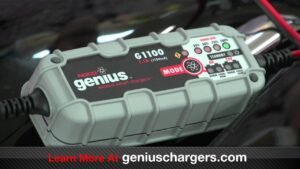
FAQ
1. Charging a motorcycle battery with a battery charger
How do you safely charge a motorcycle battery using a battery charger? Use a charger compatible with your battery’s voltage and type. Charge a motorcycle battery with a battery charger, connect positive and negative clamps correctly, and monitor the process. Smart chargers are ideal as they prevent overcharging and adjust the charge automatically.
2. How to charge a motorcycle battery with a charger
What is the step-by-step process to charge a motorcycle battery with a charger? Turn off the bike, connect the charger clamps to the battery terminals (positive to positive, charging a motorcycle battery with a battery charger, negative to negative), select the correct mode and amperage, then start charging. Always disconnect the charger safely after completion.
3. Charging a motorcycle battery with a trickle charger
Can you use a trickle charger for motorcycle batteries? Yes, trickle chargers supply low, steady current, perfect for maintaining battery charge during long periods of inactivity. charging a motorcycle battery with a battery charger. They prevent discharge without overcharging and are safe for prolonged use.
4. Can you charge a motorcycle battery with a car charger?
Is it safe to charge a motorcycle battery with a car battery charger? Generally, no, because car chargers often deliver higher amperage, which is unsuitable for smaller motorcycle batteries. charging a motorcycle battery with a battery charger. Using a smart or adjustable charger designed for motorcycles is recommended to avoid damage.
5. Can you charge a motorcycle battery with a car?
Can a car be used to charge a motorcycle battery? A car can jump-start a motorcycle, but it does not fully charge the battery. Jump-starting provides a quick power surge to start the engine, charging a motorcycle battery with a battery charger, but proper charging requires a dedicated charger.
6. Can you charge a motorcycle battery with a car battery?
Is it safe to charge a motorcycle battery directly from a car battery? Direct charging is risky due to voltage and amperage differences and can damage the motorcycle battery. charging a motorcycle battery with a battery charger. Jump-starting is safer as a temporary solution, but using a proper charger is best for battery health.
Conclusion
Charging a motorcycle battery correctly involves selecting the right charger, connecting it properly, and monitoring the process to avoid overcharging or damage. Using smart chargers or trickle chargers ensures safe, efficient charging tailored to your battery type. Regular battery maintenance is crucial to keep your motorcycle running smoothly. Consistent charging, charging a motorcycle battery with a battery charger, especially during long storage periods, helps prevent battery discharge and extends overall battery life. Checking terminals for corrosion and ensuring proper electrolyte levels (for non-sealed batteries) also contributes to battery health. Charging a motorcycle battery with a battery charger.
Following safe charging practices not only prolongs battery longevity but also improves motorcycle performance and reliability. Taking the time to understand your battery’s needs and using appropriate chargers reduces the risk of breakdowns and costly replacements. By maintaining your battery well, charging a motorcycle battery with a battery charger, you ensure your motorcycle starts reliably every time, giving you peace of mind on the road.
Read More>>>>>>> How to Charge a Motorcycle Battery with a Battery Charger

